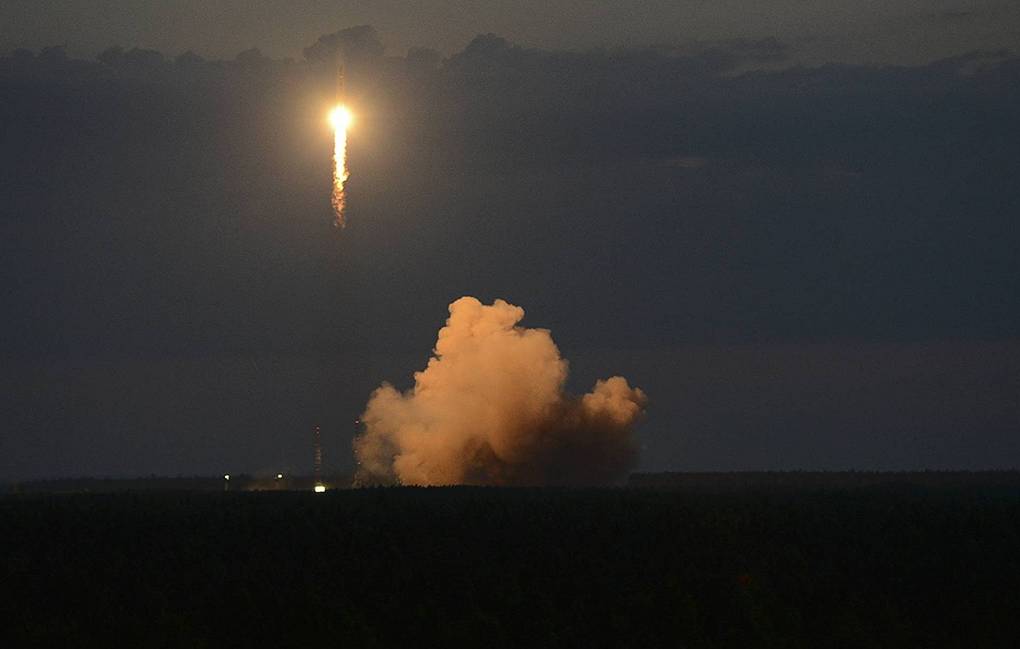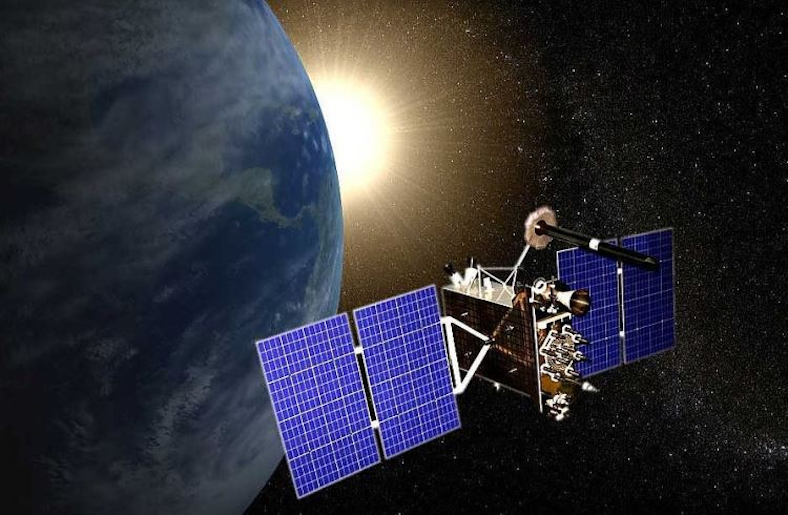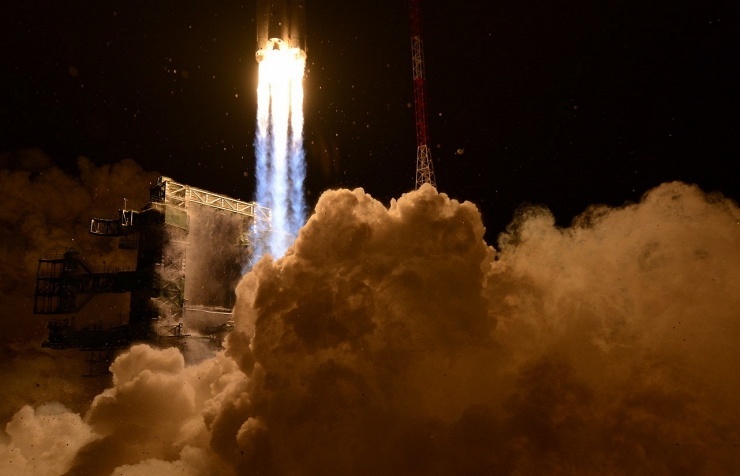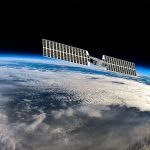The launch of the first next-generation GLONASS K2 satellite is set for late 2021, according to a statement by Nikolai Testoyedov, CEO of the Reshetnev Information Satellite Systems Company, the satellites’ producer. The satellite will begin the next modernization phase of Russia’s GNSS.
“We are launching our first GLONASS-K2 satellite this year,” Testoyedov stated to the Russian TASS news agency. “This launch is planned for the fourth quarter of the year.”
According to Testoyedov, deliveries of all on-board equipment have been completed in full. The satellite has been assembled is now undergoing a series of mechanical, thermal vacuum, and other tests. “They [tests] usually take several months,” he added.
The GLONASS constellation currently comprises 28 satellites, with 23 space vehicles operating pursuant to their designation. By 2030 the GLONASS constellation will consist wholly of K2 space vehicles, 24 of them.

The K2 generation has been repeatedly postponed over recent years, from as early as 2014 to 2017 to 2019 to now 2021. Russian government and industrial spokespersons have variously characterized the positioning accuracy improvement furnished by K2 as going from3-5 meters to less than 1 meter, or to a user range error set by Mission Definition Requirements as 0.3 m, or enabling use for high-precision navigation with real-time errors below 0.1 m.
K2 will broadcast the legacy FDMA signals available for more than 35 years, simultaneously with CDMA signals in all GLONASS frequency bands: L1, L2 and L3.
Overall, the new K2 satellite will transmit nine navigation signals and will weigh about 1,800 kg, twice as much the latest GLONASS-K generation, known as K1. Changes in the ICD concerning FDMA and CDMA signals will ensure backward compatibility and uninterrupted operation for the existing range of user navigation equipment.






